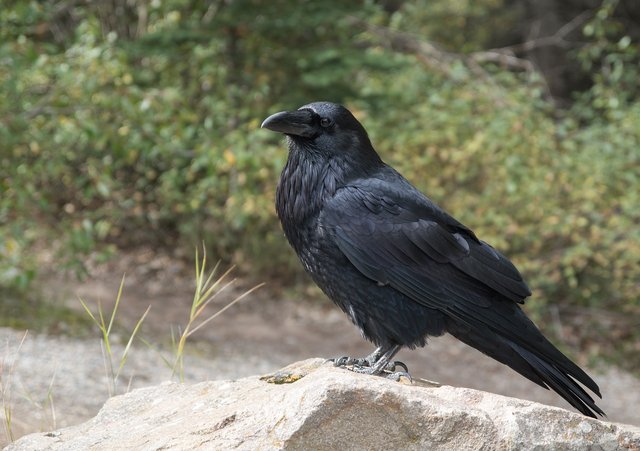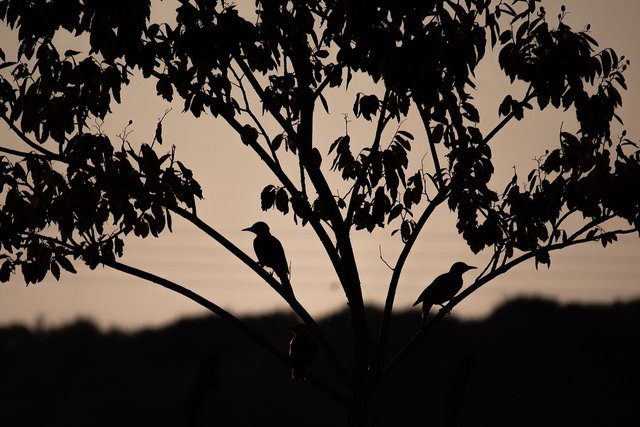Raven the ruler of the night

The crow (Corvus brachyrhynchos) is one of the most easily recognized birds in most parts of the world. Known for their shiny black feathers, powerful beaks, and distinctive calls, crows have long been the subject of legend, myth, and scientific observation.
Physically, crows have a large body for a seed-eating bird, with a length of around 40-50 cm and a wingspan of around 70-85 cm. The plumage is usually glossy black, although there are occasional grayish variations on the neck and chest. The beak is strong and black, suitable for breaking the skin of fruit or touching other objects. Their eyes are usually dark brown or black, giving them a sharp and intense look.
In the wild, crows are known as intelligent animals. They are able to solve problems to find food, use simple tools, and interact socially with other crows. They are also renowned for their good adaptability to changing environments, so they can be found in a variety of habitats, from forests to grasslands to urban environments.

The social behavior of crows is interesting to observe. They often live in large groups called "herds." In these flocks, they can interact with each other, communicate using various types of calls and even learn from each other. Some studies even show that crows have strong long-term memories and can recognize different human faces.
In most cultures, the raven has been a complex symbol. In some indigenous societies in North America, they are considered a symbol of courage or wisdom. However, in Western culture, they are often associated with darker matters or as messengers from the other world.
In mythological and literary contexts, ravens often appear as important characters. In Norse mythology, two ravens named Huginn and Muninn sat on the shoulders of the god Odin and gave him news from the human world. In modern literature, ravens can represent a variety of things, from wisdom to bad luck or death.
Although the popularity and perception of crows changes from one culture to another, one thing that remains consistent is their conspicuous presence and their remarkable adaptation to the human environment. In recent years, research into their intelligence and social behavior has shown that these birds are not only visually appealing, but also provide important insights into evolution and adaptation in the ever-changing modern world.
